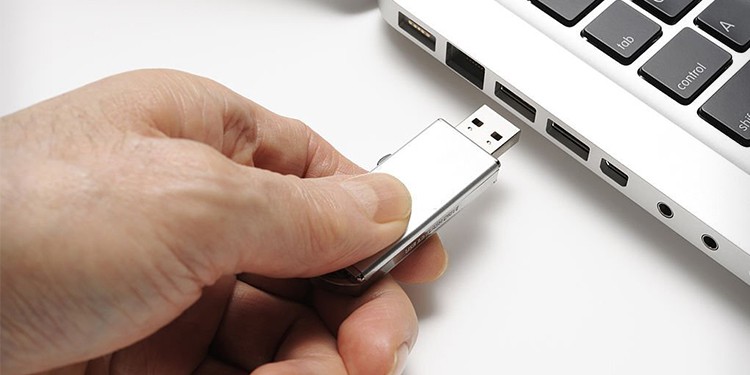The error often pops up when a process or application on your PC is accessing the files from the USB device. Or it can also happen due to an improperly set removal policy and a corrupted USB device. Some users reported the error appearing even after they terminated every file and application from the USB device.
How to Fix Problem Ejecting USB Mass Storage Device?
There are different approaches you can use to fix the error. Most of the time, terminating the apps currently running on your PC should solve it. Otherwise, there are a few workarounds, like changing the removal policy and using process explorer to get rid of the error.Here, we have compiled a list of the best 5 fixes to solve the problem. Let’s get straight into them.
Troubleshoot USB Device
A corrupted USB device also has an equal chance of throwing an error while trying to eject it. So, it would help if you troubleshoot the USB drive and fix any underlying issues. However, please note that the feature to troubleshoot the USB device may not be available to you if you are using Windows 11 or later versions of Windows 10.
Close Files and Running Applications
You often encounter the ejecting error when files and folders are being accessed from the flash drive. So, first, you need to check if any files are opened from the USB storage device and running in the background. If there are any, please terminate them.Likewise, the applications running on your PC can be using files from the USB. So, make sure you close all the applications running in the background before trying to eject the USB from your computer.Task Manager can assist you in closing the applications and files running in the background. Follow the below step to open task manager and end task from it:
Eject Using Device Manager
We often right-click the USB device and choose the Eject option for ejecting them from the computer. However, it may sometimes throw an error. There are other methods you can use, like using a device manager for that purpose.
Kill Task Using Process Explorer
This is a fix recommended by the officials of Microsoft, as seen on their support website. The method utilizes an application called Process Explorer that helps track every DLL process on your computer. Using it, you can close all the processes preventing you from safely removing the hardware.
Change the Removal Policy
You can also set removal policies for your USB device. It allows you to change if you directly want to pull out the USB device or safely eject it before removing it from your computer. There are namely two removal policies available on Windows: Quick removal and Better performance. The latter uses write caching, meaning a part of your USB device’s data is temporarily saved to RAM. So when you directly pull out the USB device without safely ejecting it, there is a high chance of data corruption and loss. Also, choosing this option can show an error message since the USB processes are not completely terminated. Sudden power failure can also result in data loss if you are using the Better performance policy.Therefore, we recommend you always set the removal policy to Quick removal to prevent data loss. Here’s how:
What Will Happen if I Ignore the Error Message and Eject the USB Device?
You won’t see any visible consequences if you ignore the error message and eject the USB device. However, it can affect the partition health of the USB device in the long run.Most probably, the files stored in the USB devices get corrupted. And when this action continues, the USB partition also gets corrupted, and you can no longer use the device. It abruptly stops responding, and the computer stops recognizing the device. Or, the device starts to show insufficient storage messages despite having sufficient space available.











